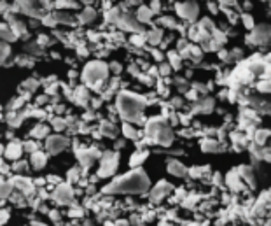Rain and Dust: Magnetic Records of Climate and Pollution
Two contrasting examples of the application of mineral magnetism to environmental problems are discussed. Magnetic susceptibility measurements of sediments from the Chinese Loess Plateau – the biggest accumulation of windblown sediments on Earth – reveal one of the best records of continental climate change available. These records provide a detailed picture of glacial and interglacial cycles and variations in the East Asian summer monsoon stretching back more than 2 million years. In the case of anthropogenic airborne particles, the spread of particulate pollutants can be robustly traced throughout a city environment by measuring the magnetic properties of leaves, which trap magnetic particles released from vehicle exhausts and/or industry emissions.
Rain and Dust: Magnetic Records of Climate and Pollution Read More »


